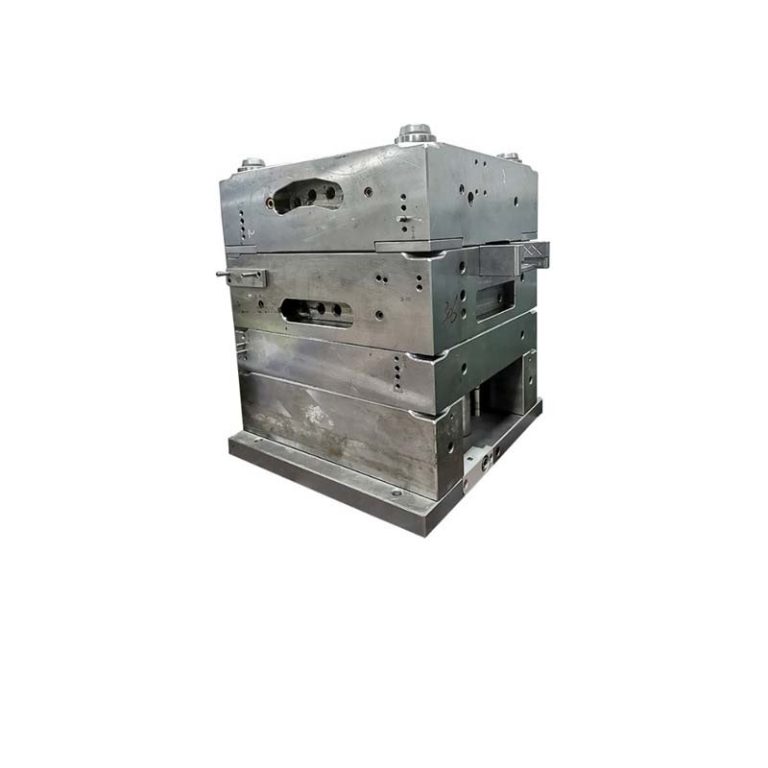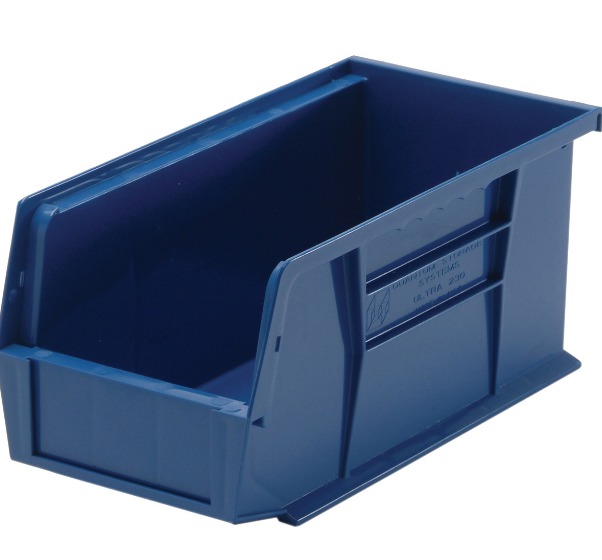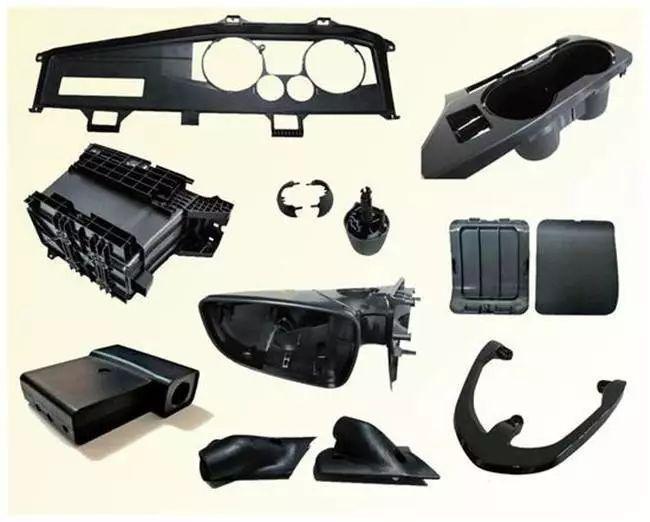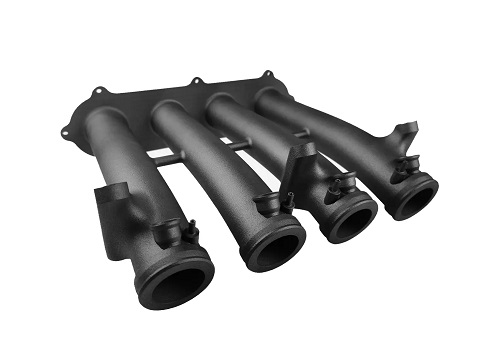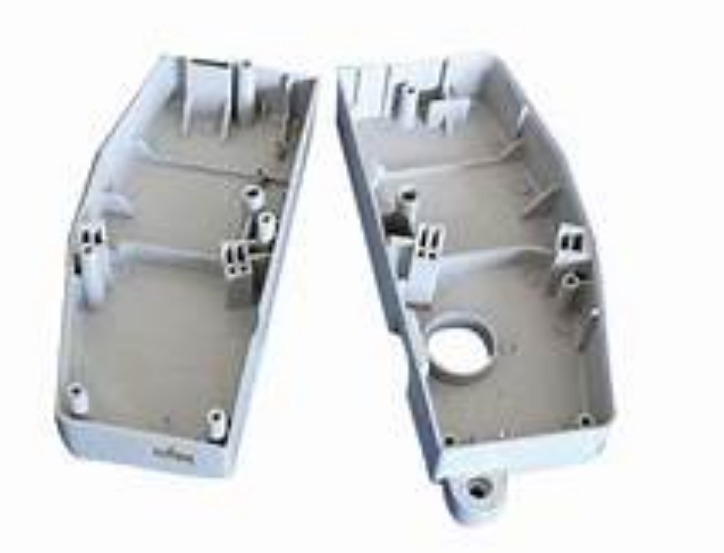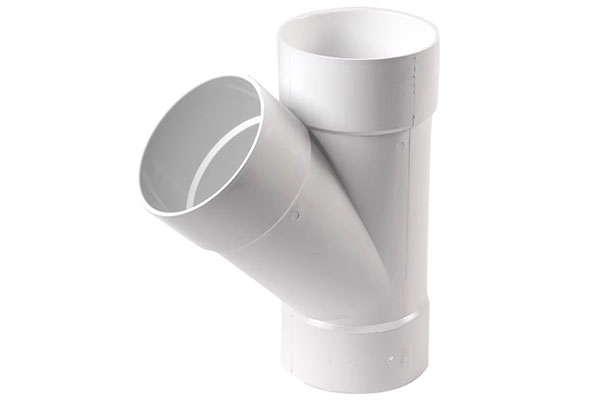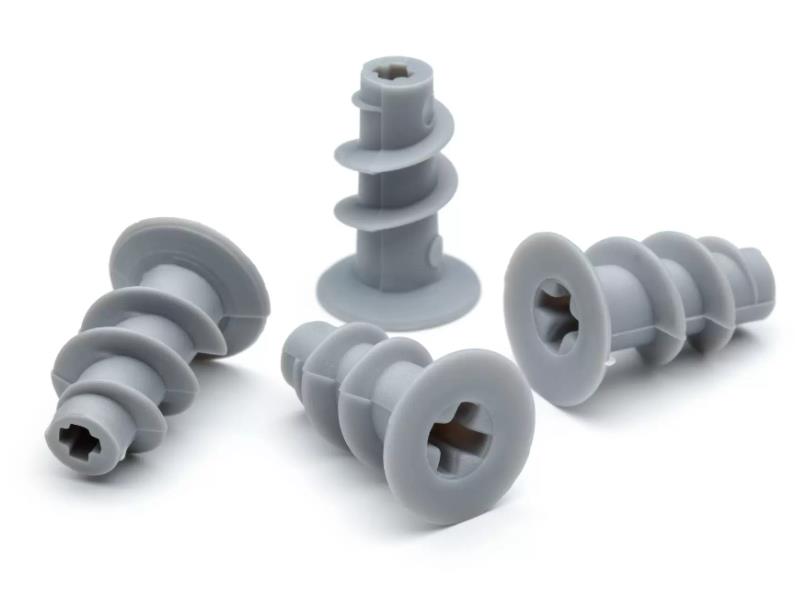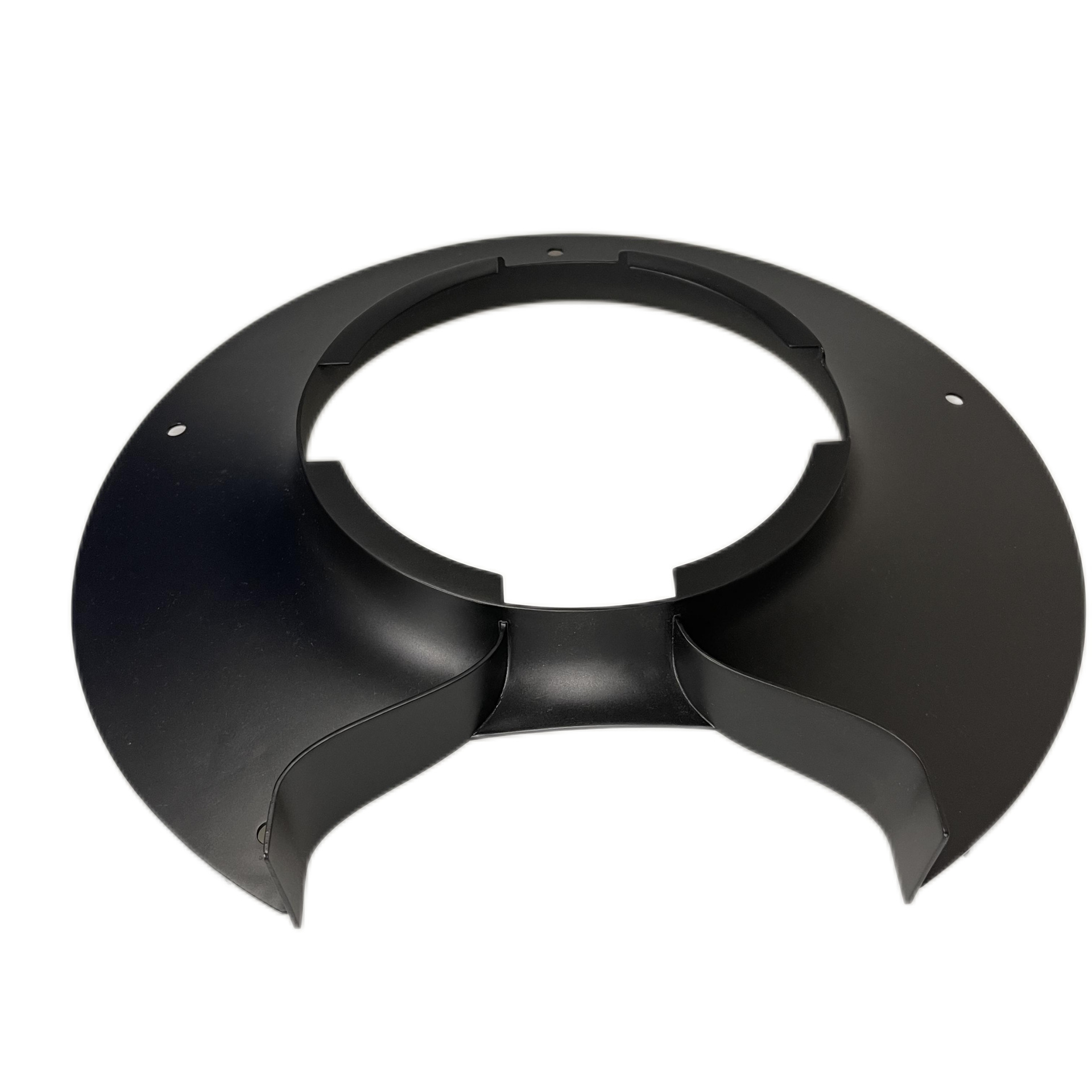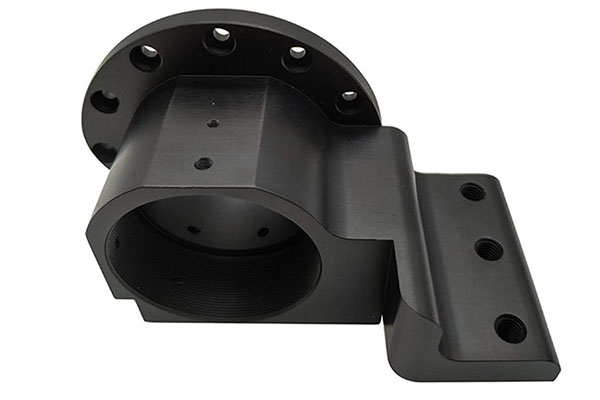The Enigmatic World of Micro Molding
In the ever - evolving landscape of modern manufacturing, micro molding has emerged as a technology of paramount importance. As products across various industries continue to shrink in size while simultaneously demanding higher functionality and precision, micro molding has become the cornerstone for producing these intricate, miniature plastic components.
Consider the electronics industry, where the relentless pursuit of smaller and more powerful devices has led to the need for micro - sized connectors, switches, and sensor housings. These components, often invisible to the naked eye, are crucial for the seamless operation of smartphones, wearables, and other advanced electronic gadgets. In the medical field, micro - molded parts are used in everything from drug delivery systems and diagnostic devices to implantable medical devices. For instance, micro - molded catheters and stents need to be not only incredibly small but also biocompatible and highly precise to ensure patient safety and effective treatment.
The automotive industry, too, benefits from micro molding. With the rise of electric vehicles and the increasing demand for lightweight and energy - efficient components, micro - molded plastic parts are being used in battery management systems, sensors for autonomous driving, and interior electronics. These parts contribute to reducing the overall weight of the vehicle, improving fuel efficiency, and enhancing the performance of the vehicle's complex systems.
Micro molding is not just a simple downsizing of traditional molding techniques. It is a highly specialized field that requires a deep understanding of material science, mold design, and precision manufacturing processes. The challenges in micro molding are multifaceted, from dealing with the unique behavior of plastics at micro - scales to achieving sub - micron tolerances in mold cavities. This article will delve deep into the art of micro molding, exploring its techniques, challenges, and best practices, to help you master this fascinating and essential manufacturing process.
What is Micro Molding?
?
Definition and Basics
Micro molding is a specialized manufacturing process that focuses on the production of extremely small and high - precision thermoplastic parts and components. It involves creating intricate molds with minute cavities and using advanced injection molding techniques to form plastic materials into these tiny shapes. The process typically uses high - pressure injection to ensure that the molten plastic fills every minute detail of the mold cavity accurately.
Key Characteristics
- High Precision: Micro - molded parts are known for their exceptional precision. Tolerances in micro molding can reach the sub - micron level. For example, in the production of micro - electrical - mechanical systems (MEMS) components, tolerances as low as ±0.1 microns are not uncommon. This high level of precision ensures that these miniature parts can function correctly in their intended applications, whether it's in a delicate medical device or a high - performance electronic component.
- Miniature Size: The parts produced through micro molding are incredibly small. They can range in size from a few millimeters down to just a few microns. To put this into perspective, a human hair is typically around 70 microns in diameter, and some micro - molded parts can be smaller than that. These tiny components are designed to fit into the most compact of devices, enabling the miniaturization of products across various industries.
- Complex Geometries: Despite their small size, micro - molded parts can have highly complex geometries. They may include intricate channels, thin walls, and minute features. For instance, micro - molded fluidic components for lab - on - a - chip devices often have complex channel networks that are designed to precisely control the flow of fluids at the micro - scale. These complex geometries are made possible through advanced mold design and precision manufacturing techniques.
Real - World Applications and Success Stories
In the Medical Field
One remarkable success story comes from the development of micro - molded components for insulin delivery systems. A leading medical device company faced the challenge of creating a smaller, more precise insulin pen. By using micro molding, they were able to produce tiny, yet highly accurate, flow - control valves and needle hubs. These components reduced the overall size of the insulin pen by 30%, making it more convenient for patients to carry and use. Moreover, the high - precision micro - molded parts improved the accuracy of insulin dosage delivery, ensuring that patients received the correct amount of medication, which is crucial for managing diabetes effectively.
Another example is in the production of micro - fluidic chips for diagnostic devices. These chips, often used in point - of - care testing, require extremely small channels and chambers to handle minuscule volumes of biological samples. Micro molding has enabled the creation of these chips with channels as narrow as 10 microns. A research institution developed a micro - fluidic chip for detecting infectious diseases, and through micro molding, they could integrate multiple functions such as sample pre - treatment, mixing, and detection on a single chip the size of a fingernail. This innovation has significantly reduced the time and cost of diagnostic testing, especially in resource - limited settings.
In the Electronics Industry
Consider the development of micro - sized connectors for high - speed data transfer in smartphones. A major electronics manufacturer needed to create connectors that could handle the increasing data transfer speeds while being small enough to fit into the compact design of modern smartphones. Micro molding allowed them to produce connectors with pins as thin as 0.1 mm and pitches of just 0.2 mm. These micro - molded connectors not only saved valuable space inside the phone but also improved the data transfer speed by 50% compared to previous - generation connectors, meeting the growing demands for faster data transfer in mobile devices.
In the area of wearables, micro - molded sensor housings have played a crucial role. For a popular smartwatch brand, the design team aimed to create a more comfortable and stylish device without sacrificing sensor functionality. By using micro molding, they were able to produce sensor housings that were not only sleek and lightweight but also provided excellent protection for the delicate sensors inside. The micro - molded housings reduced the overall weight of the smartwatch by 15%, making it more comfortable to wear for extended periods, while still ensuring the accurate operation of heart rate, step - counting, and sleep - tracking sensors.
In the Automotive Industry
With the rise of electric vehicles, battery management systems have become increasingly important. A well - known automotive company used micro molding to produce small, high - precision plastic parts for their battery management system. These parts included connectors for the battery cells, which needed to be both highly conductive and resistant to the harsh environment inside the battery pack. The micro - molded connectors had a contact resistance that was 30% lower than traditional connectors, improving the overall efficiency of the battery management system. This led to a 10% increase in the vehicle's range on a single charge, a significant improvement for electric vehicle owners.
In autonomous driving technology, micro - molded sensors are vital. For example, a company developing lidar sensors for self - driving cars used micro molding to create the protective housings for the sensors. These housings had to be lightweight to minimize the impact on the vehicle's energy consumption, while also providing excellent optical properties to ensure the accurate detection of objects. The micro - molded housings were 40% lighter than previous designs and had a transmittance of over 95% for the laser light used in lidar, enabling the sensors to operate more effectively and contributing to the overall safety and reliability of autonomous driving systems.
Yigu Technology's Perspective
As a non - standard plastic metal products custom Supplier, Yigu Technology deeply understands the significance of micro molding in modern manufacturing. Micro molding is not just a trend; it's a necessity in today's miniaturization - driven market.
Our rich experience in the field allows us to handle complex micro - molding projects with ease. We have state - of - the - art equipment and a team of highly skilled engineers who are well - versed in the nuances of micro molding. Whether it's dealing with the challenges of high - precision molds or ensuring the quality of micro - sized plastic parts, we have the expertise to deliver top - notch results.
We pride ourselves on our ability to work closely with clients, understanding their unique requirements, and providing customized solutions. From the initial design phase to the final production, we ensure that every micro - molded part meets the highest standards of quality and functionality. Our commitment to innovation and continuous improvement has enabled us to stay at the forefront of the micro - molding industry, providing our clients with a competitive edge in their respective markets.
FAQs
What is the minimum size achievable in micro molding?
The minimum size achievable in micro molding can reach the sub - micron level. In some advanced applications, features as small as 1 - 10 microns can be produced. However, this is highly dependent on the molding technology, the type of mold used, and the material properties. For example, when using state - of - the - art molds and high - precision injection molding machines, it is possible to create micro - electrical - mechanical systems (MEMS) components with dimensions in the single - digit micron range. But in general manufacturing scenarios, parts with a minimum size of around 50 - 100 microns are more commonly produced.
How can I ensure the quality of micro - molded parts?
To ensure the quality of micro - molded parts, several key factors need to be considered. First, choose high - quality materials that are suitable for micro molding. The material should have good flowability at the micro - scale to ensure complete filling of the mold cavity. Second, optimize the molding process parameters, such as injection pressure, temperature, and speed. For instance, a proper injection pressure can prevent under - filling or over - filling of the mold. Third, use advanced and well - maintained molding equipment. High - precision injection molding machines with accurate control systems are essential. Regular calibration and maintenance of the equipment can ensure consistent and high - quality production. Additionally, perform strict quality control inspections, including dimensional checks using precision measuring instruments like micro - coordinate measuring machines (CMMs), and visual inspections for surface defects.
Are there any limitations on the types of plastics used in micro molding?
While a wide range of plastics can be used in micro molding, some plastics are more suitable than others. Commonly used plastics include polyethylene (PE), polypropylene (PP), polystyrene (PS), and polycarbonate (PC). However, there are limitations. Plastics with high viscosity may have difficulty flowing into the tiny mold cavities in micro molding, which can lead to incomplete filling. For example, some engineering plastics with complex molecular structures and high melt viscosities might require special processing techniques or modifications to be used effectively in micro molding. Also, plastics that are prone to thermal degradation at the processing temperatures required for micro molding may not be ideal choices, as it can affect the quality and integrity of the micro - molded parts.
